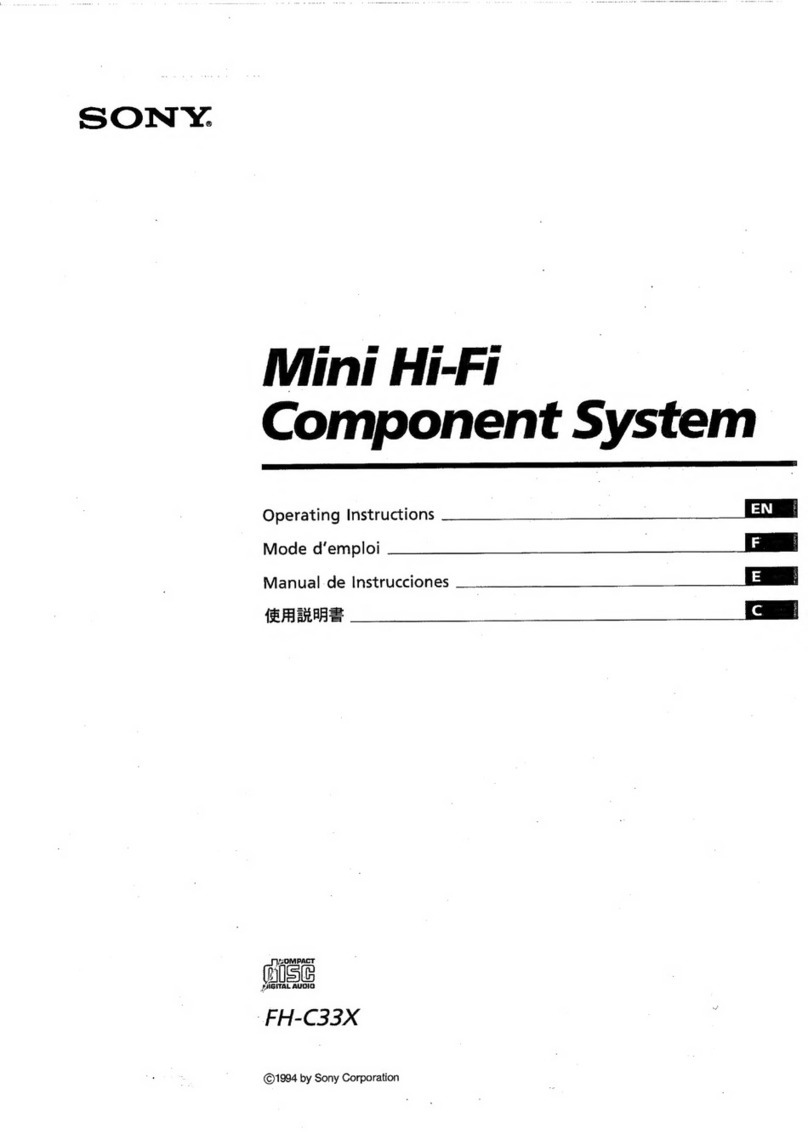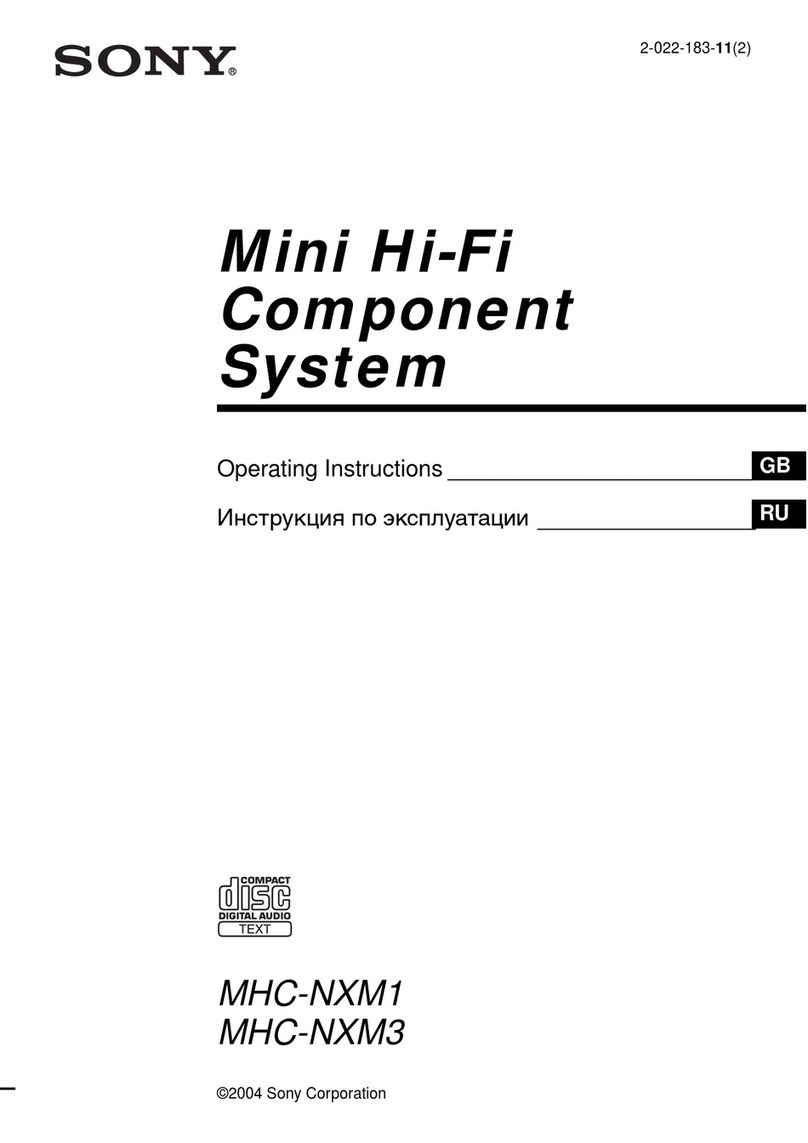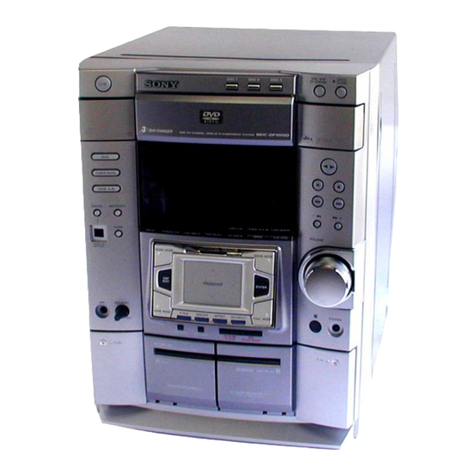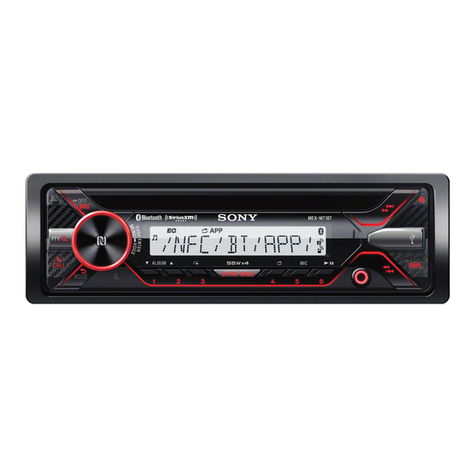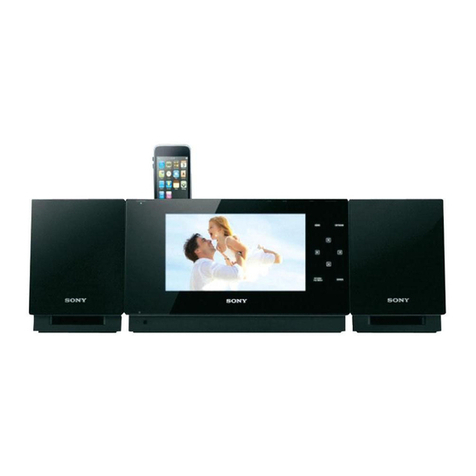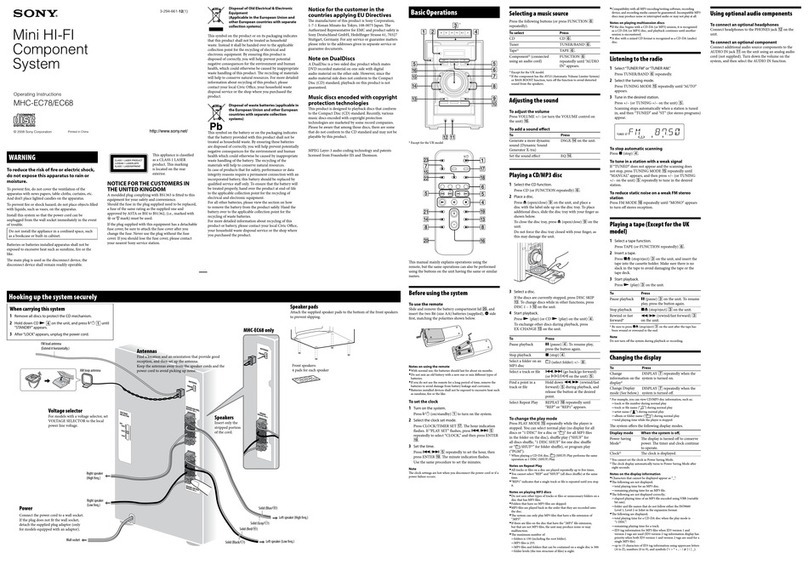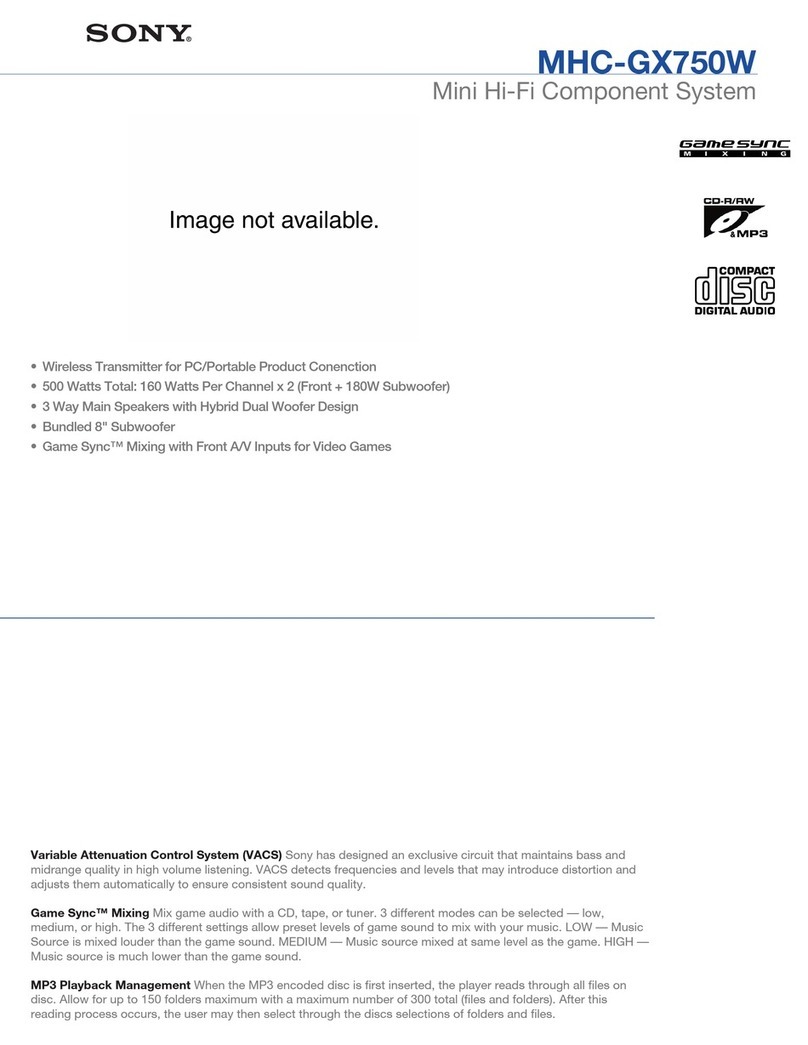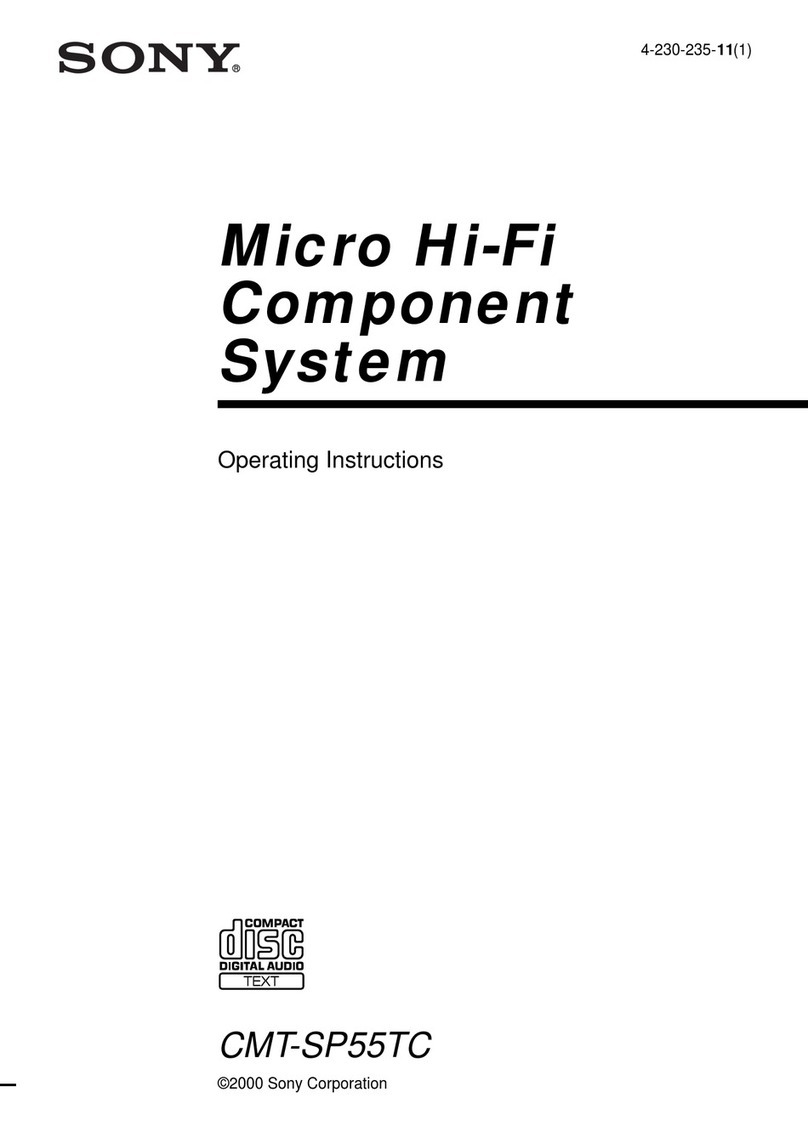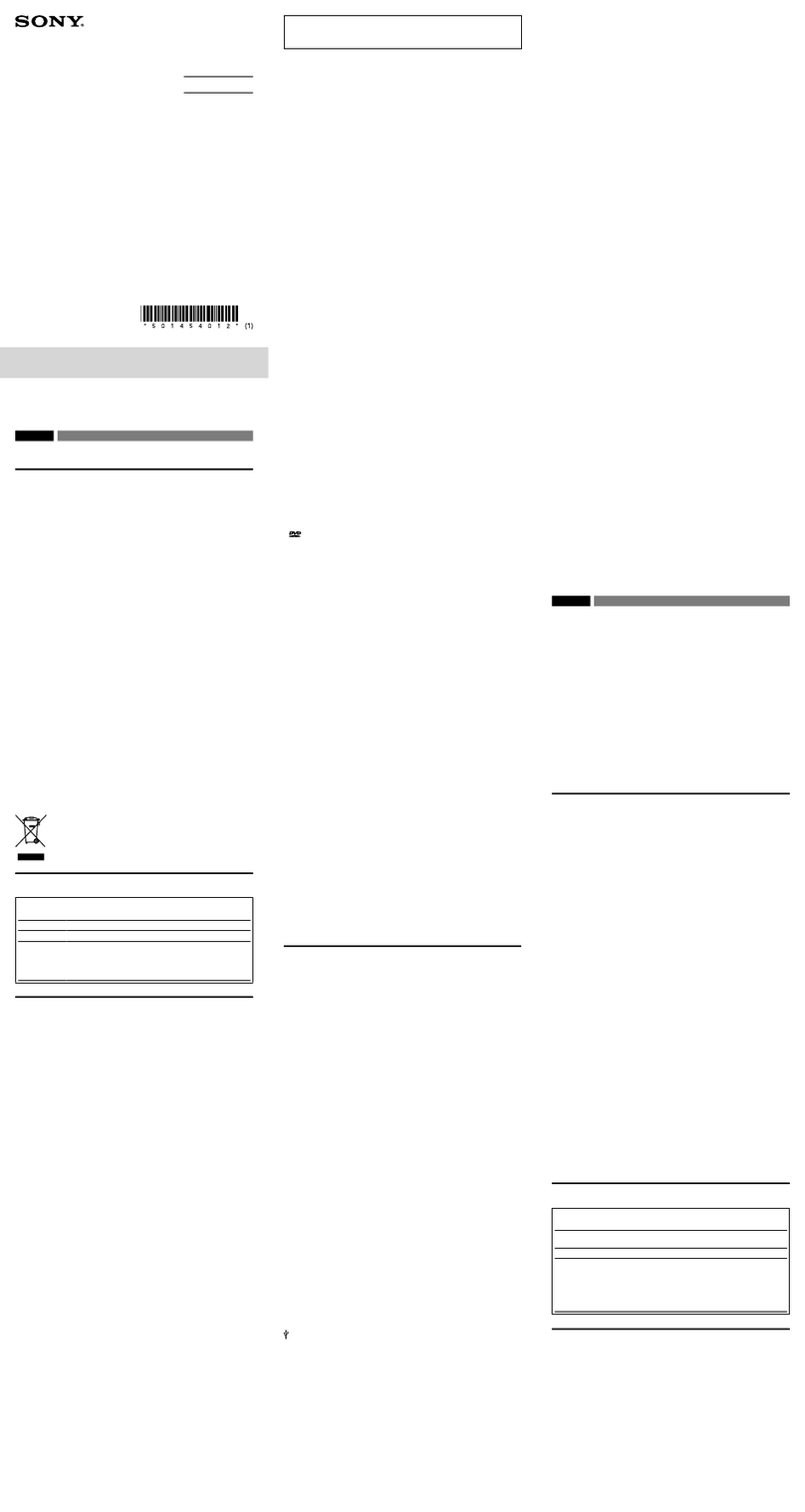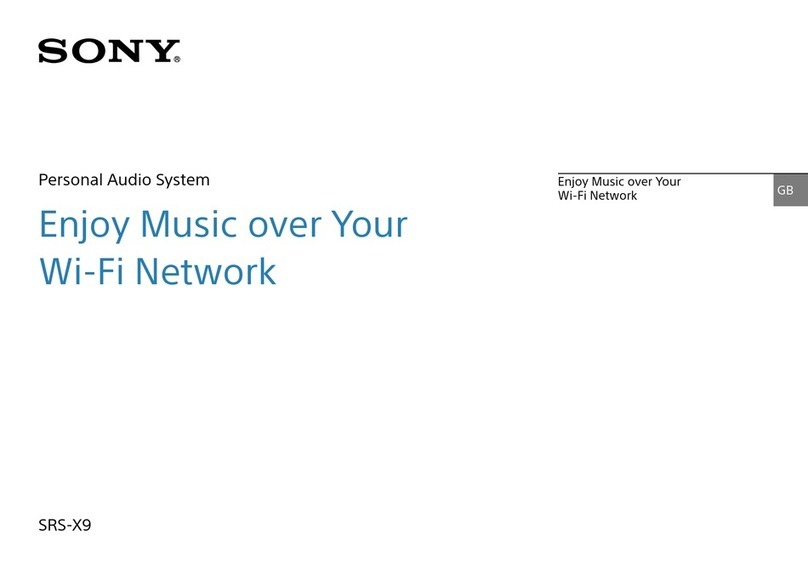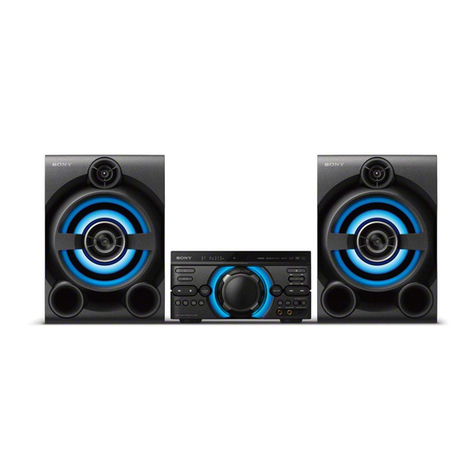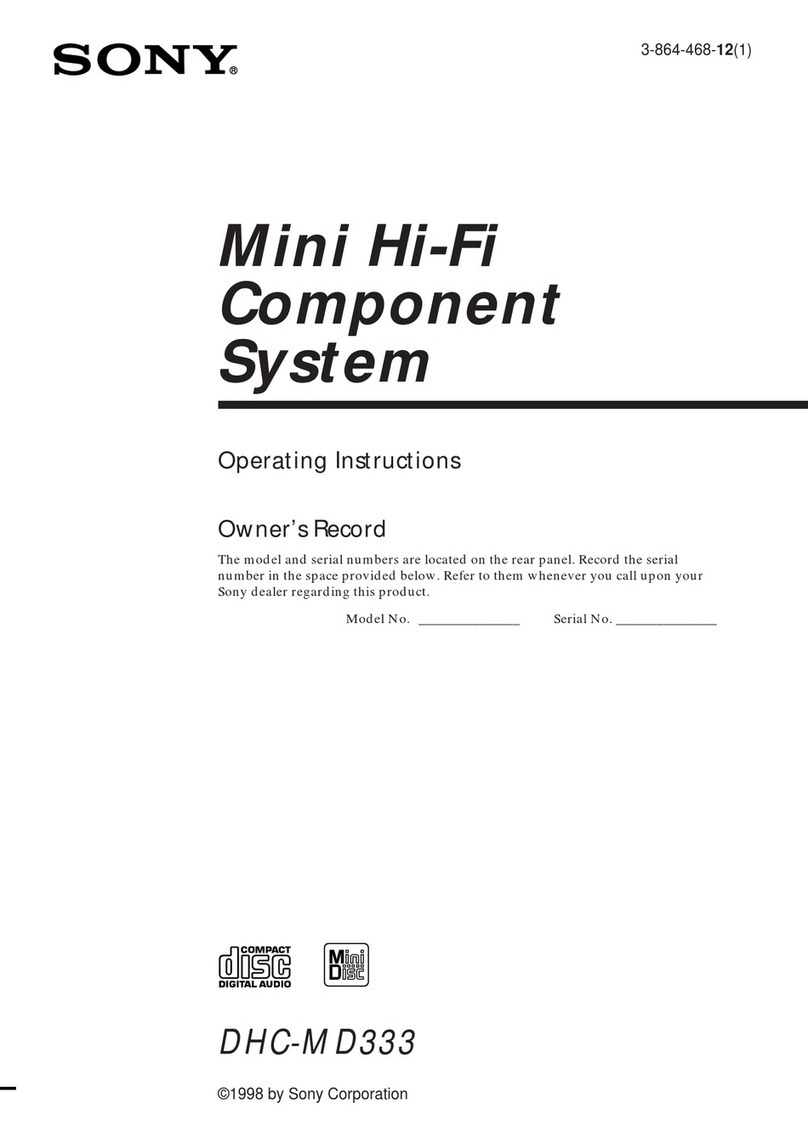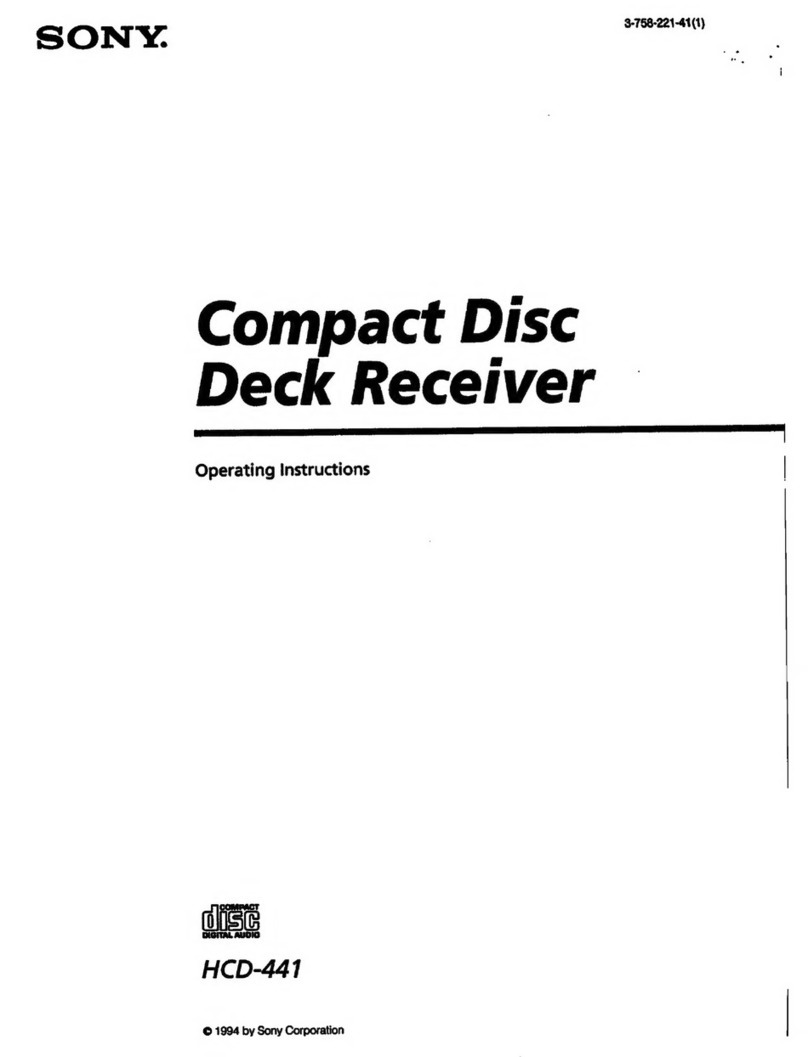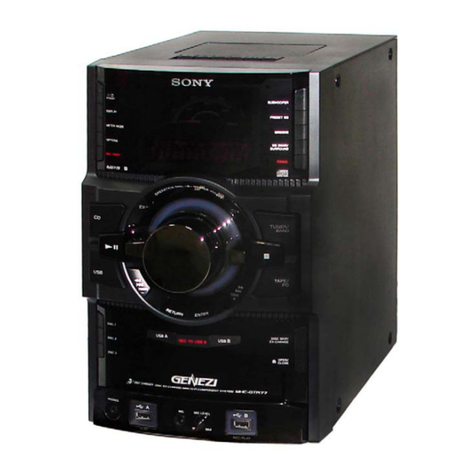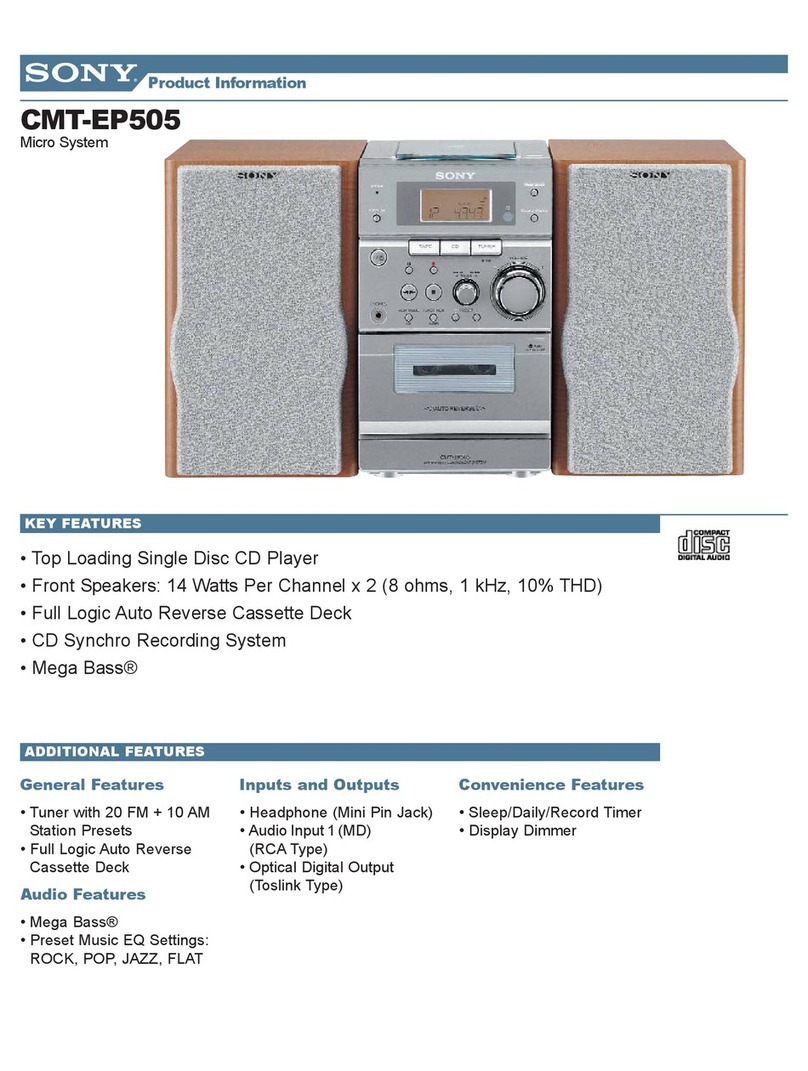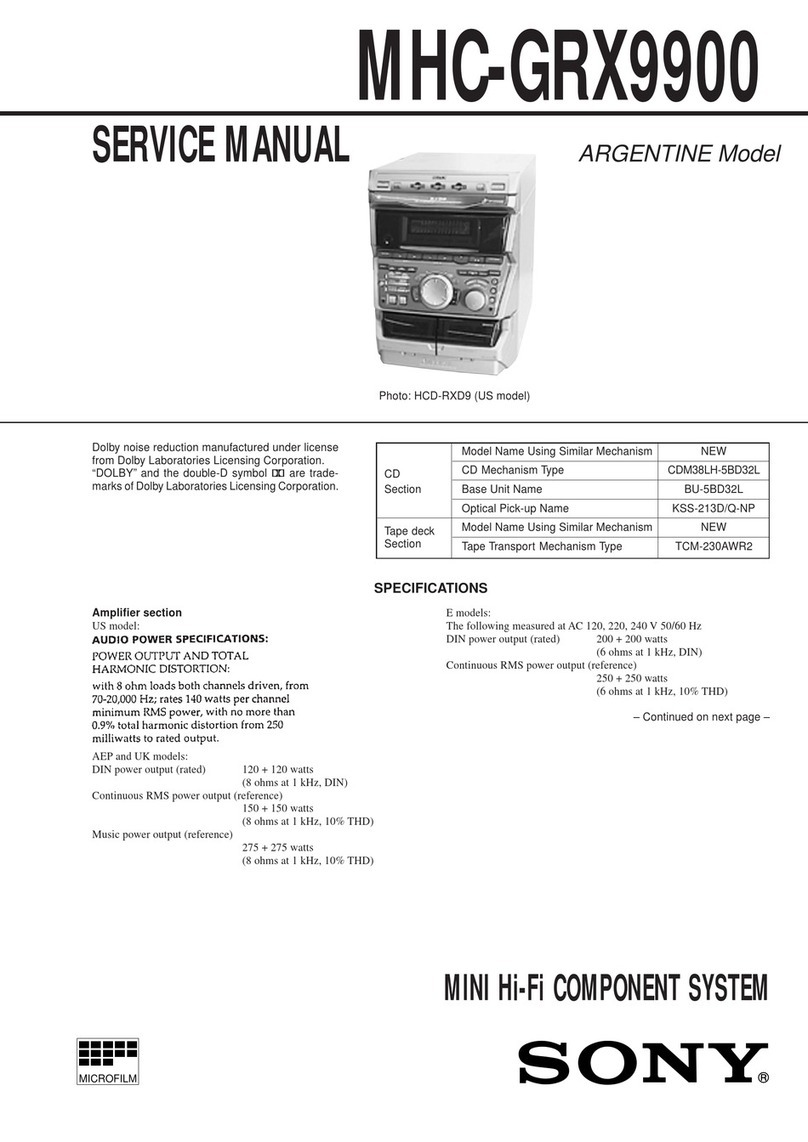4
TABLE OF CONTENTS
6-15. Schematic Diagram Deck Section ································ 40
6-16. Printed Wiring Board Deck Section ·····························41
6-17. Printed Wiring Board Power Section ··························· 42
6-18. Schematic Diagram Power (1/2) Section ····················· 43
6-19. Schematic Diagram Power (2/2) Section ····················· 44
6-20. Schematic Diagram Surround Section ························· 45
6-21. Printed Wiring Board Surround Section······················· 45
6-22. Schematic Diagram FL Section···································· 46
6-23. Printed Wiring Board FL Section ·································47
6-24. Schematic Diagram Panel VR Section ························· 48
6-25. Printed Wiring Board Panel VR Section ······················ 49
6-26. Schematic Diagram TC Panel Section ························· 50
6-27. Printed Wiring Board TC Panel Section······················· 51
6-28. Schematic Diagram CD Panel Section ························· 52
6-29. Printed Wiring Board CD Panel Section ······················ 53
6-30. Schematic Diagram CD Motor Section ························ 54
6-31. Printed Wiring Board CD Motor Section ····················· 55
6-32. Schematic Diagram Jack Section ································· 56
6-33. Printed Wiring Board Jack Section ······························ 57
6-34. Schematic Diagram Trans Section ······························· 58
6-35. Printed Wiring Board Trans Section····························· 59
6-36. Schematic Diagram Leaf SW Section ·························· 59
6-37. Printed Wiring Board Leaf SW Section ······················· 59
6-38. IC Block Diagrams ··························································· 60
6-39. IC Pin Functions ······························································· 61
7. EXPLODEDVIEWS
7-1. Case and Back Panel Section ··········································· 69
7-2. Front Panel Section 1 ······················································· 70
7-3. Front Panel Section 2 ······················································· 71
7-4. Chassis Section ································································· 72
7-5. TC Mechanism Section 1 (TCM230AWR2/230PWR2) ·· 73
7-6. TC Mechanism Section 2 (TCM230AWR2/230PWR2) ·· 74
7-7. CD Mechanism Section (CDM37M-5BD32L) ················ 75
7-8. Base Unit Section (BU-5BD32L)····································· 76
8. ELECTRICAL PARTS LIST······································· 77
1. GENERAL ·········································································· 5
2. DISASSEMBLY
2-1. Front Panel ········································································· 7
2-2. Main Board ········································································· 7
2-3. Sub Panel ············································································ 8
2-4. CD-L/CD-R Board and CD Lid Assembly························· 8
2-5. Tape Mechanism Deck and Cassette Lid····························9
2-6. CD Mechanism Deck ························································· 9
2-7. Base Unit ············································································ 9
2-8. Disc Table ········································································· 10
3. SERVICE MODE ···························································· 11
4. MECHANICAL ADJUSTMENTS ····························· 15
5. ELECTRICAL ADJUSTMENTS ······························· 15
6. DIAGRAMS
6-1. Circuit Boards Location ··················································· 19
6-2. Block Diagrams
BD Section ······································································· 20
Video Section ··································································· 21
Deck Section····································································· 22
Main (1/2) Section···························································· 23
Main (2/2) Section···························································· 24
Power Section ··································································· 25
Display Section································································· 26
6-3. Printed Wiring Board BD Section ································ 28
6-4. Schematic Diagram BD Section··································· 29
6-5. Printed Wiring Board Video Section ···························· 30
6-6. Schematic Diagram Video (1/3) Section ······················ 31
6-7. Schematic Diagram Video (2/3) Section ······················ 32
6-8. Schematic Diagram Video (3/3) Section ······················ 33
6-9. Printed Wiring Board Main Section ····························· 34
6-10. Schematic Diagram Main (1/5) Section ······················· 35
6-11. Schematic Diagram Main (2/5) Section ······················· 36
6-12. Schematic Diagram Main (3/5) Section ······················· 37
6-13. Schematic Diagram Main (4/5) Section ······················· 38
6-14. Schematic Diagram Main (5/5) Section ······················· 39
